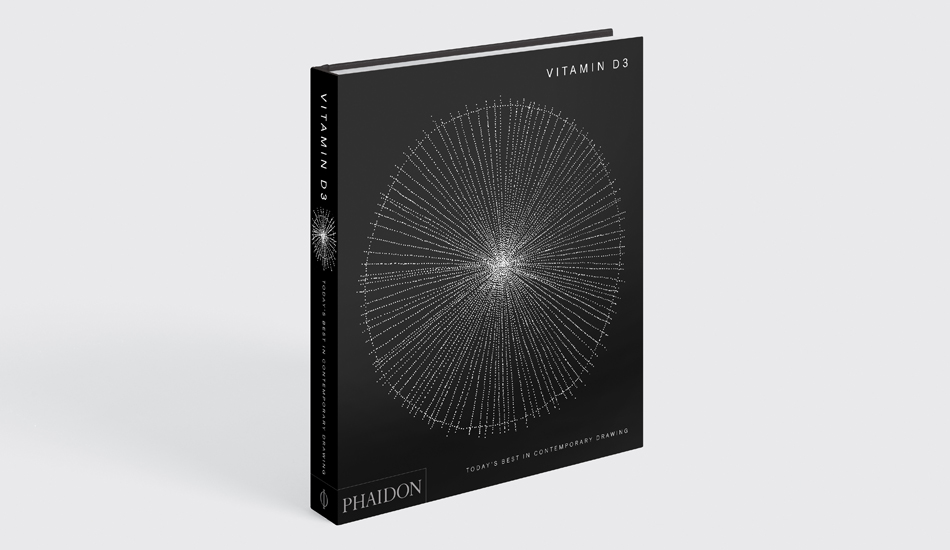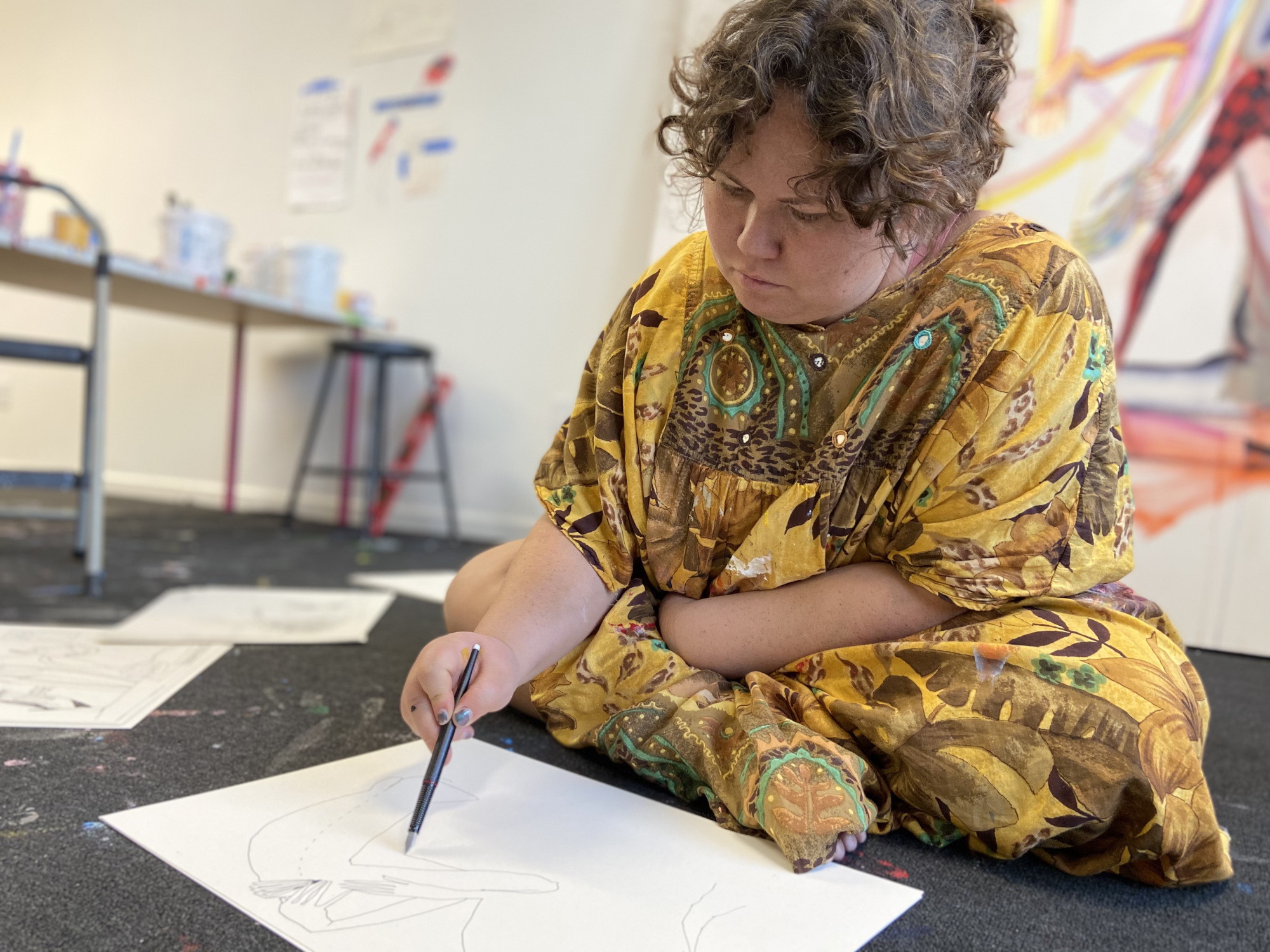
Christina Quarles - Why I Draw
The Vitamin D3-featured artist describes the great accessibility of drawing, her childhood influences and how she knows when a picture is finished
Christina Quarles is candid about how her gender, sexual and racial identity have affected her day-to-day experience of the world and guided her approach to creating art. Quarles, whose fair skin is in apparent contradiction to her Black ancestry, is frequently identified as white. She expands, in a statement on her website: “As a Queer, cis-woman, born to a Black father and a white mother, I engage with the world from a position that is multiply situated.” Quarles, who studied both philosophy and studio arts, takes a conceptual approach to image-making. Her drawings and paintings are informed by the ambiguity surrounding public perception and interpretation of her physical appearance, as well as by wider questions around personal identity as manifold and fluid.
Drawing and painting coexist in Quarles’s practice, and she credits her work in paint with enabling her to find a way of expressing the drawn line. Her drawings inhabit the picture plane in engaging and challenging ways, inviting the eye on circuitous and occasionally devious pathways around the image. Her drawings often spread out to the edge of the paper, sometimes dissolving out of frame to hint at the porousness between what is contained within, and without of, the image. This permeability relates to the ways in which the human body is both contained by and exceeds its outlines, its skin.
Quarles is one of over a hundred contemporary artists featured in Vitamin D3: Today's Best in Contemporary Drawing, our new, indispensable survey of contemporary drawing. We sat her down and asked her a few questions about how, why and when she draws.
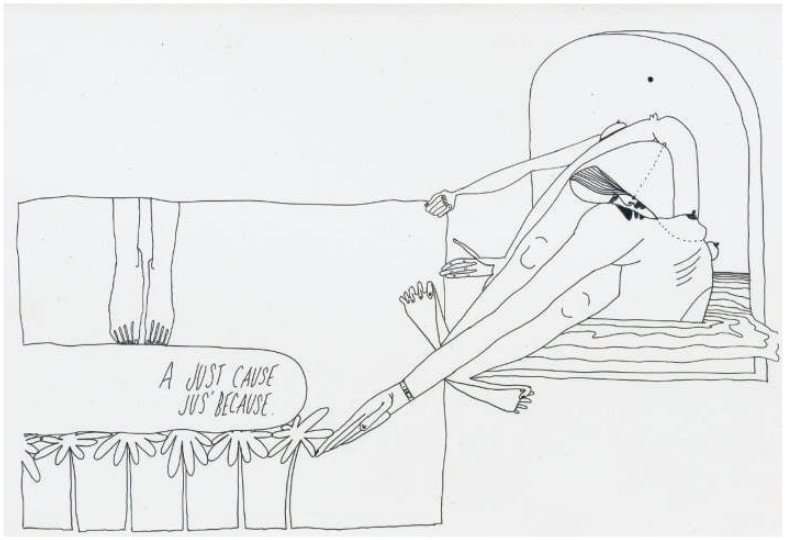
Who are you and what’s on your mind right now? My name is Christina Quarles. I am an artist. I mostly paint and draw in the studio, sometimes I make installations. My mind is on the pandemic, injustice, and inequality. My mind is also on my wife, our pets, our loved ones and the plants I see on my walks.
What’s your special relationship with drawing and how would you describe what you do? I’ve been drawing longer than I’ve been painting. I began drawing in the margins of my notebooks as a kid. When I was eight, I studied the book Drawing on the Right Side of the Brain and learned to draw what I saw rather than what I knew. At 12, I took my first figure drawing class, and I had an extensive classical drawing education by the time I was 18. I really didn’t learn how to paint until my late 20s and I was still learning many basic principles of colour and paint while I was in grad school. Even though I am largely thought of as a painter, I still see my work, be it ink on paper or paint on canvas, as being rooted in gestural drawing.
Why is there an increased interest in drawing right now? Drawing threads its way through many artist’s private practices, through our notes to one another, through our doodles during lectures, in sketches for paintings or sculptures. I can’t think of an artist I’ve met who doesn’t draw. Perhaps now, as we find ourselves entering the second year of a global pandemic and many of us are forced to remain isolated, we are turning to the intimate and personal qualities that can be found in drawing.
What are the hardest things for you to get ‘right’? It took me a long time to know when a piece was ‘done,’ I think a lot of young artists struggle with that one. But lately I’ve begun to realise that a piece is done when I no longer look at the piece as it’s maker but instead become immersed in the piece as a viewer.
Is the immediacy of drawing part of its appeal for you? Oh, for sure. Drawing, for me, is really related to the thought process. Maybe it’s because I draw in the same scale and manner in which I write, but whenever I am drawing, I feel like there is a link from my brain to my hand. Painting can be very physical, and it is something you build upon which, to me, places it in the realm of time and space. But drawing feels uniquely connected to the mind and I maintain a drawing practice to have this direct access to a flow of thought.
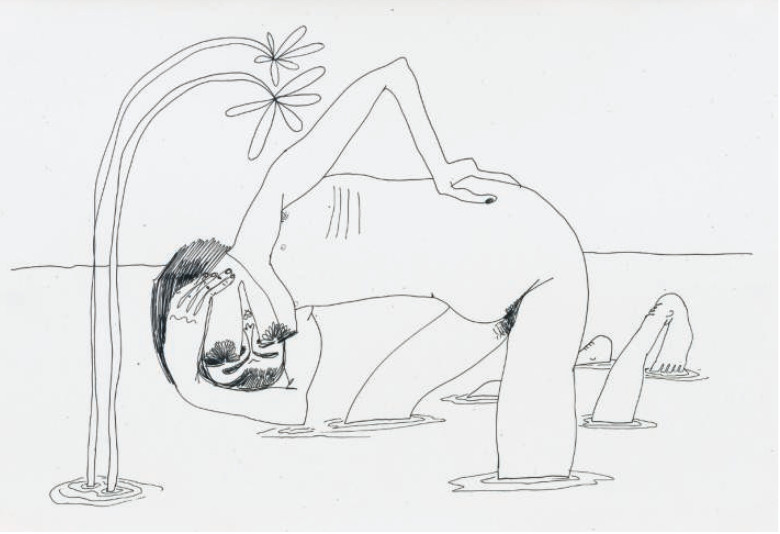
Can you explain the difference between drawing as a child, something we can all relate to, and drawing as an artist - something most of us cannot? As a child we draw without inhibition, we solve the problems of visual representation with ease. Children are not yet bogged down by pressure of getting something ‘right’ (as you put it earlier), they can still be immersed by inventive play through drawing. As soon as we become aware that something is supposed to be a certain way, we become marred by perfecting the technical aspects. Many people become discouraged, frustrated, or simply just bored by this stage. An artist is someone who puts in the hours of practice necessary to master technique.
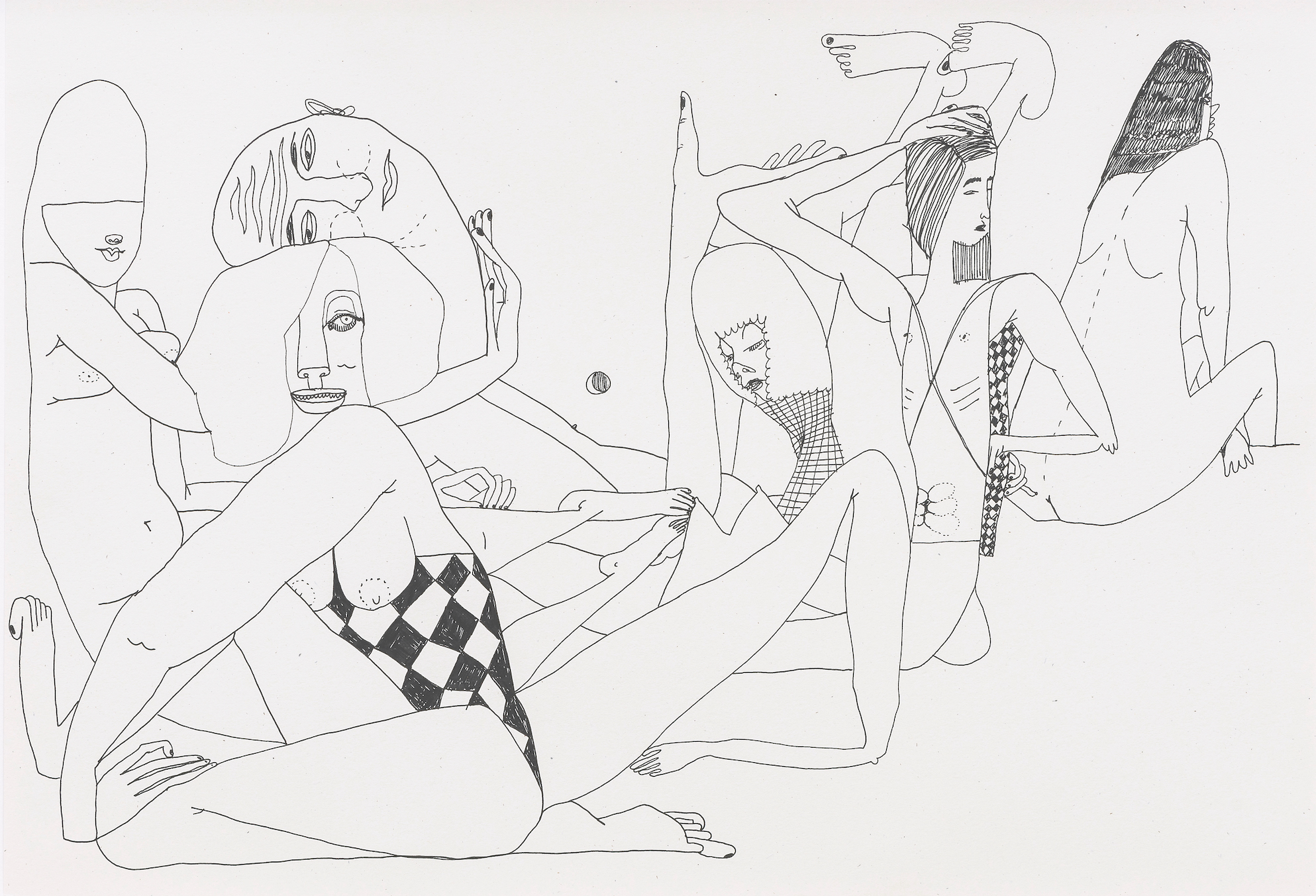
What do most people overlook when they attempt to ‘assess’ drawing? I think that there is still a lingering bias against drawing being able to hold up against other forms of artistic expression. Ironically, this bias may stem from what I find to be drawing’s greatest strength: its accessibility. Drawing does not require a ton of material costs, it doesn’t need a lot of set up or space, you don’t necessarily create a huge mess, and you can get away without access to a sink or a fancy ventilation system. All of this contributes to the sense of freedom you can feel when drawing, the feeling of being uninhibited as you create.
When do you draw and what sort of physical, spiritual, mental or geographical place do you have to be in generally for it to work? I draw when I’m bored, I draw while I’m doing something else, I draw to concentrate, I draw to listen. I draw when I’m away from my studio, I draw when I’m traveling. I draw when I don’t have a lot of time. I draw when I have all afternoon.
You can see more of Christina Quarles’ work at Regen Projects in Los Angeles, and Pilar Corrias in London, as well as on her instagram @rcequarles. Meanwhile, Vitamin D3: Today's Best in Contemporary Drawing featuring over 100 artists including: Tania Kovats, Rashid Johnson, Rebecca Salter, Toyin Ojih Odutola, Deanna Petherbridge, Nathaniel Mary Quinn, Robert Crumb, and Emma Talbot is available now. We'll be running more interviews with artists featured in the book in the coming weeks.
